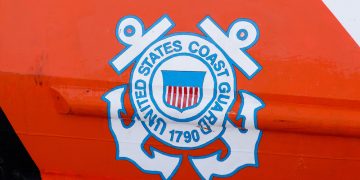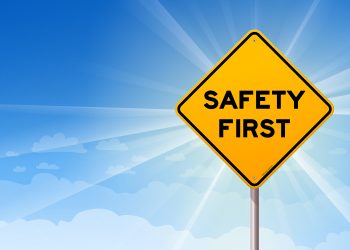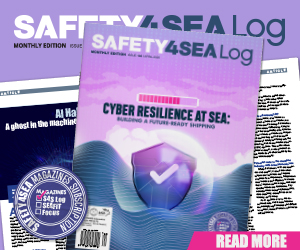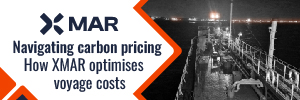In a recent video campaign, the International Group of P&I Clubs emphasized that enclosed space fatalities can occur on any vessel, at any time, and to anyone. External pressure to complete a task may lead to insufficient risk assessment, increasing the likelihood of accidents. This raises a critical question: how can you correctly identify and mark an enclosed space?
Understanding enclosed spaces
One of the first safety procedures seafarers must be familiar with on board is the Enclosed Space Entry Procedure. According to IMO Resolution A.1050(27), an enclosed space is any space on board that exhibits any of the following characteristics:
- Limited openings for entry and exit
- Inadequate ventilation
- Not designed for continuous worker occupancy
It is important to note that the term “any” in the definition means that a single characteristic is sufficient to classify a space as enclosed, even if the others are not present.
An enclosed space may also qualify as a confined space, which typically includes the added risk of engulfment—a hazard where a person could be trapped or buried by materials within the space.
For example, a space where a seafarer cannot move freely or easily due to structural limitations is a potential hazard. Another example is an adjacent, connected space that is normally unventilated and not used for cargo but may share the same dangerous atmospheric conditions as an enclosed space. This is also recognized under Resolution A.1050(27).
Identification and Documentation
According to IMO and other key industry bodies (e.g., RightShip, ISGOTT, OCIMF), every vessel must maintain a ship-specific list of all identified enclosed spaces. These spaces must be clearly labeled and subject to a Permit to Work system.
Marking and Signage
Each identified space should be marked with appropriate signage. These signs serve two main purposes:
#1 Preventing unauthorized entry
- At least one clearly visible warning sign with an international danger symbol should be placed at the entrance.
- This sign should indicate that entry is prohibited without proper authorization.
#2 Procedure and permit guidance
- Additional signs should guide the crew on the correct procedures for entry, including how to obtain and comply with a valid permit.
These visual cues act as immediate reminders, but they must always be backed up by documentation and procedural controls. The relevant Safety Management System (SMS) documents—such as checklists, permits, and risk assessments—must be consulted and completed by the designated team before entering any enclosed space.
Leadership and responsibility
Ultimately, the most important safety measure is identifying enclosed spaces and securing them against unauthorized access.
The Master of the vessel must ensure that no crew member attempts to enter a designated enclosed space without following the correct procedures, including full compliance with the Permit to Work system.


































































